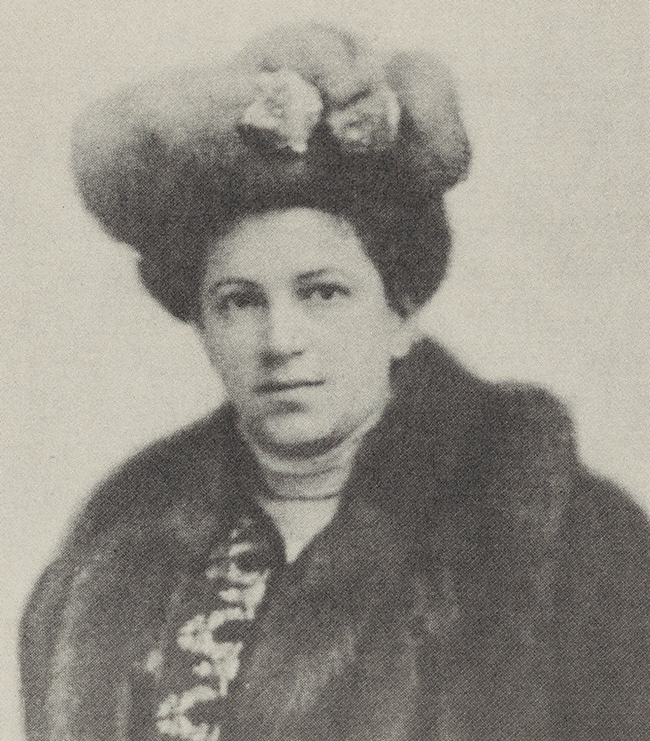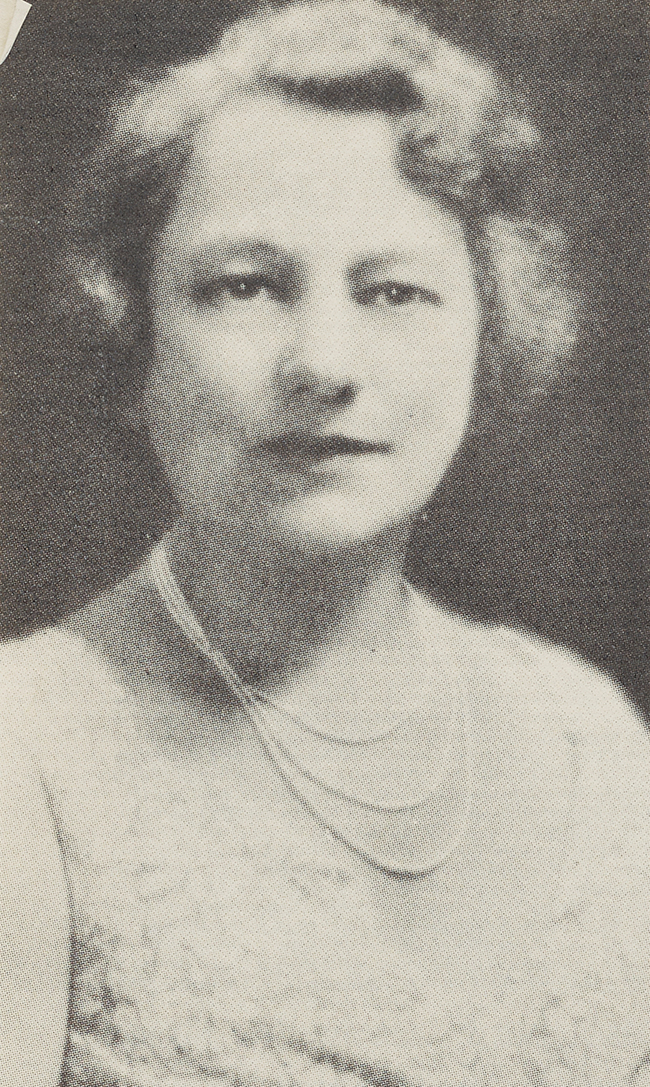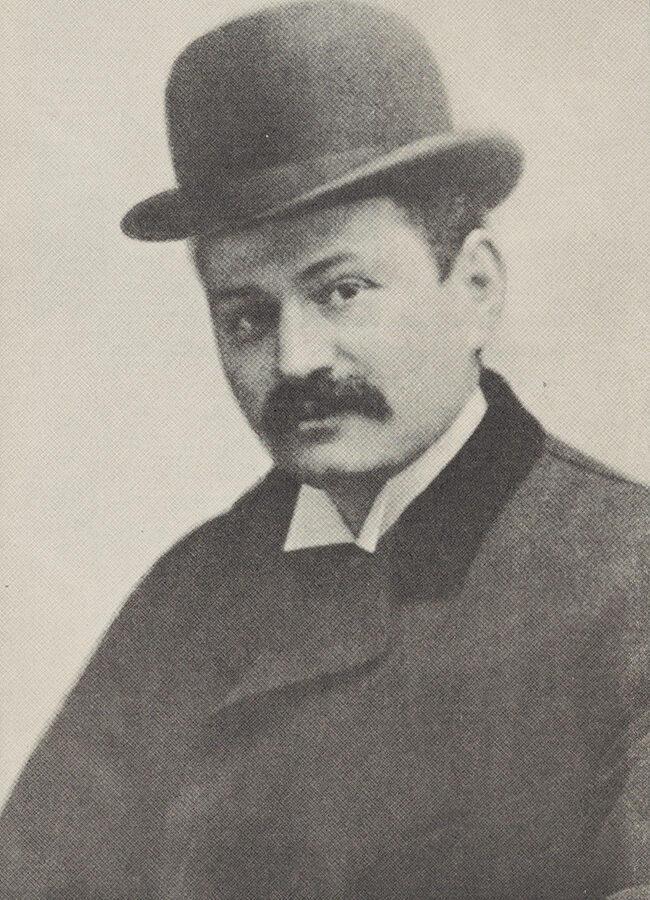Wall Street bond broker valued family and young people above wealth and success.
Sidney S. Prince (1865-1929)
“I’ve made a lot of money,” Sidney Prince once told a young nephew, “but I have learned one thing: Human values are far more important than monetary values.”
These were the words of a man admired as a financial genius by his colleagues, beloved by members of his wide family circle, and respected for his philanthropy. Sidney led a richly rewarding life, overcoming personal tragedy.
Sidney S. Prince was born in Darmstadt, Germany, in 1865, the eldest of seven children. The Prince family emigrated to the United States in 1877, when Sidney was 12, and settled in New York City. Two years later, at age 14, Sidney went to work as a junior clerk for Asiel and Company, a newly organized brokerage firm. Like Sidney, the three partners of the firm originally were from Europe. In 1893, when he was 28, Sidney became a partner. For the rest of his life, he remained with Asiel and Company, helping build the firm’s reputation as a specialist in bond brokerage and dealing with European banks.
One of the acknowledged leaders in his profession, Sidney was a member of a number of committees of the New York Stock Exchange, and he served for nearly 10 years on the exchange’s 33-man governing committee (now known as the Board of Governors). In 1928, just a year before the stock market crashed, he sold his seat on the exchange. The New York Times, noting that the sale price of $480,000 was, at the time, the highest ever paid for a seat, speculated he had realized a profit of $460,000 over the $20,000 he probably invested in 1893. Sidney was at the peak of his career, and his active involvement at Asiel and Company continued undiminished.
While still a young man rapidly attaining success, Sidney met a brilliant and talented young woman who was at the beginning of a promising future as a concert pianist. Therese Heilner—he called her Tess—gave up her musical career to marry Sidney. In 1894, their only child, Leonard, was born. Sidney moved his family to the rolling hills of Westchester County. “Neldisset Farm,” as he called the several-hundred-acre estate near Mamaroneck, became a gathering place for the large and affectionate Prince family.
Leonard grew up amid wealth and luxury to become a strongly independent young man. After graduating from Williams College in Massachusetts, he moved to New York City and took a job as a gateman on the Third Avenue subway line to gain practical experience in railroading. Riding outdoors between the cars, Leonard caught cold from exposure, then contracted pneumonia and died in 1915 at age 21. His death was an overwhelming loss for Sidney, a tragedy that brought him closer to his young nieces and nephews, who, in turn, fairly worshipped their Uncle Sid.

When Sidney’s sister Lucy died, Sid and Tess unhesitatingly took Lucy’s two young daughters into their home and brought them up as their own, educating them and seeing them happily married. Another niece, remembering her uncle as “wonderfully warm, but with distance and authority,” heeded his advice to stay in school and went on to obtain a doctorate in her field. A nephew, who traveled as a teenager to his uncle’s rustic but handsome log house deep in the Maine woods, recalled that his conversations with Uncle Sid on “the important things in life” helped him focus on a career in medical research.
Aunt Tess, for her part, had a reputation as something of a “holy terror,” regal in her demands, who nevertheless endeared herself to all who knew her. Once, when a 10-year-old nephew had been refused a chemistry set by his parents, he took his problem to Aunt Tess, who solved it immediately. “Nonsense,” she declared, “you should have it and you shall have it.” And he did. Naturally, the children of the family adored her—although their elders sometimes shook their heads in dismay—and Tess adored the children.
In addition to inviting them to Neldisset Farm and to their camp at Rangeley Lake in Maine, the Princes welcomed young relatives to their apartment in New York City. Sid and Tess often shared their box at Lincoln Center with the older children who enjoyed music, and Sid took great pleasure in treating them to lunches at the Harmonie Club.
But the Princes did not limit their kindness to family members. Their open-hearted interest extended to young people wherever they met them. They were fond of musicians and did what they could to help launch young musical careers. Sid was instrumental in starting a number of young men in business, sometimes bringing them into his own company.
Sid and Tess enjoyed a lively and talented circle of friends, drawn both from Sid’s financial world and Tess’ musical interests, but they were, first and always, family people. When they traveled to Europe, as they often did, it was usually in the company of one of Sid’s brothers and his family.
One of Sidney’s most fervent admirers was his sister Melanie. She was born after the family arrived in the United States and was about 15 years younger than Sidney. Of her five brothers, Sidney was the one she looked to as a father figure. And Sidney was equally devoted to his sister, the “little mother,” the core of the German-Jewish immigrant family. Through Sidney’s years of success and sorrow, Melanie was always nearby.

Melanie was married to Louis Goldman, a quiet, good-natured man, who, like his wealthier brother-in-law, had a great interest in—and affection for—children. Melanie and Louis had one son, Edward, who was born in 1901. The Goldmans lived in New Rochelle, New York, not far from Sidney’s estate, in a comfortable home where Melanie tended the garden that was her pride. Here, they welcomed a steady stream of nieces and nephews whom Louis encouraged in their hobbies and entertained as a Santa’s helper at the annual Prince family Christmas party. Melanie owned an electric car, and the children loved to watch for her return from a shopping trip. When the car did not have enough power to get up the last hill to her home, their tiny, spirited aunt would jump out to lighten the load and walk, leaving the driver to steer it to the top of the hill.
Sidney Prince’s sudden death on July 20, 1929, at age 64, came as a shock to family, friends, colleagues, and community. Perhaps no one was more deeply affected than his sister. She had loved him and looked up to him as a brother and admired him as a generous philanthropist. Inspired by his example, Melanie established the Sidney S. Prince Fund in The New York Community Trust.
Melanie Prince Goldman died on June 29, 1960—31 years after her brother’s death. In her will she had written, “Because of the devotion of my brother Sidney S. Prince to our family, I wish to commemorate his life of unselfish devotion by continuation of the work, for the benefit of mankind, in which he was most interested.” His fund has supported hospitals and medical centers, cancer research, immigrants, technology training for women, assistance for youth, and many more charitable causes.
